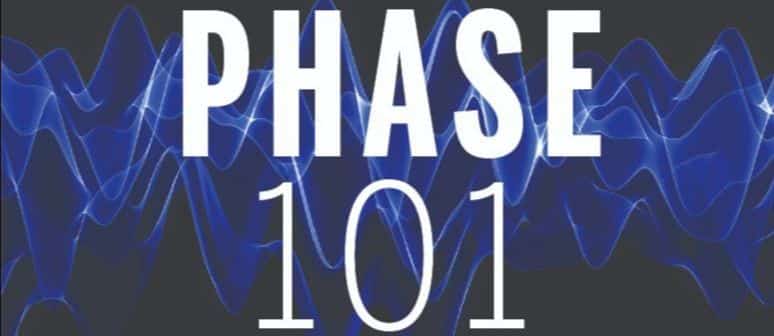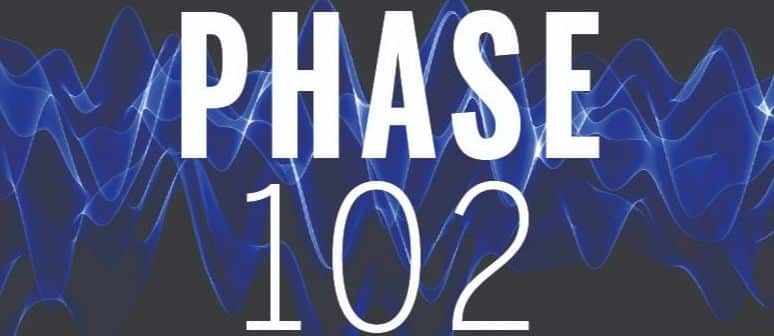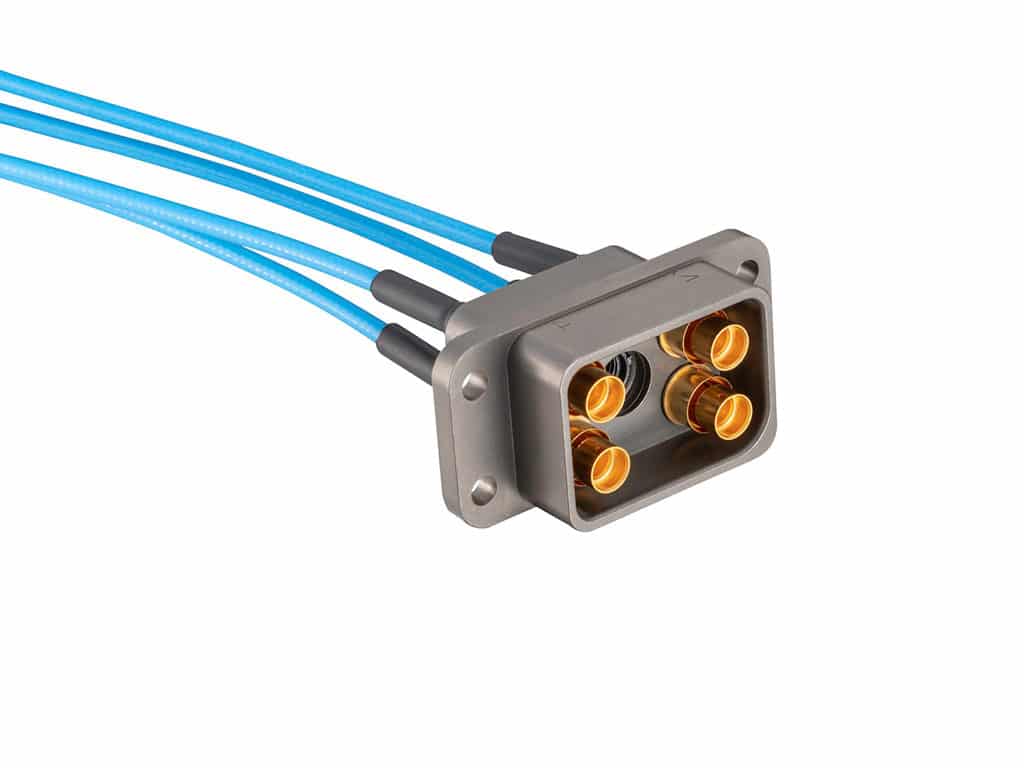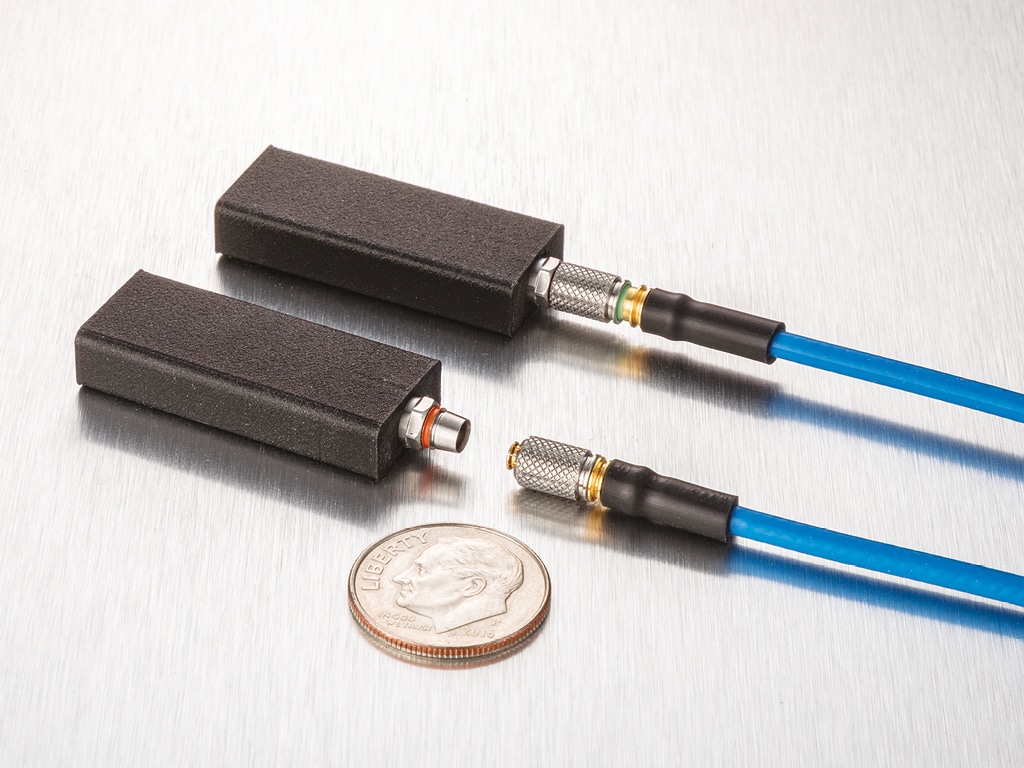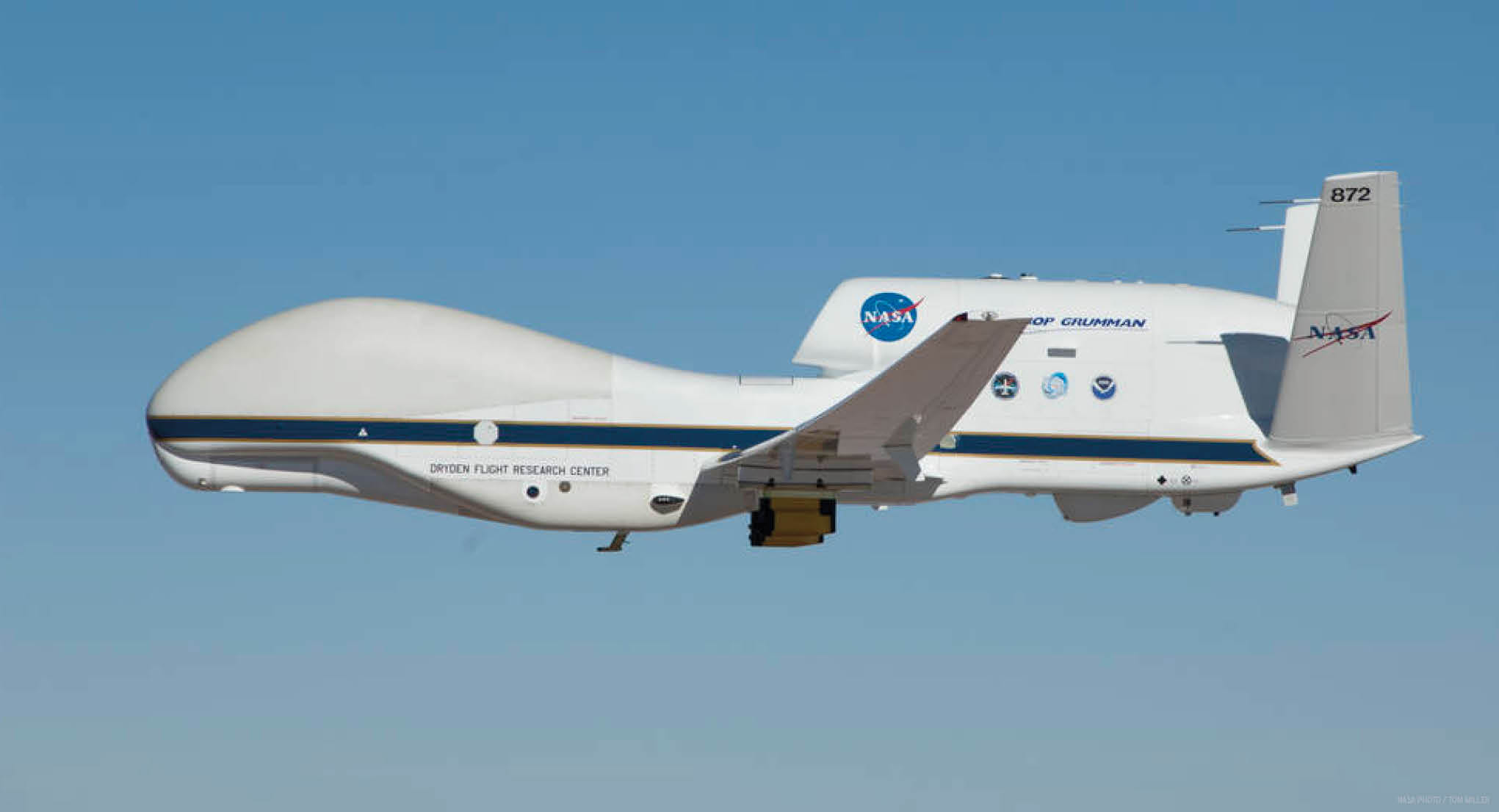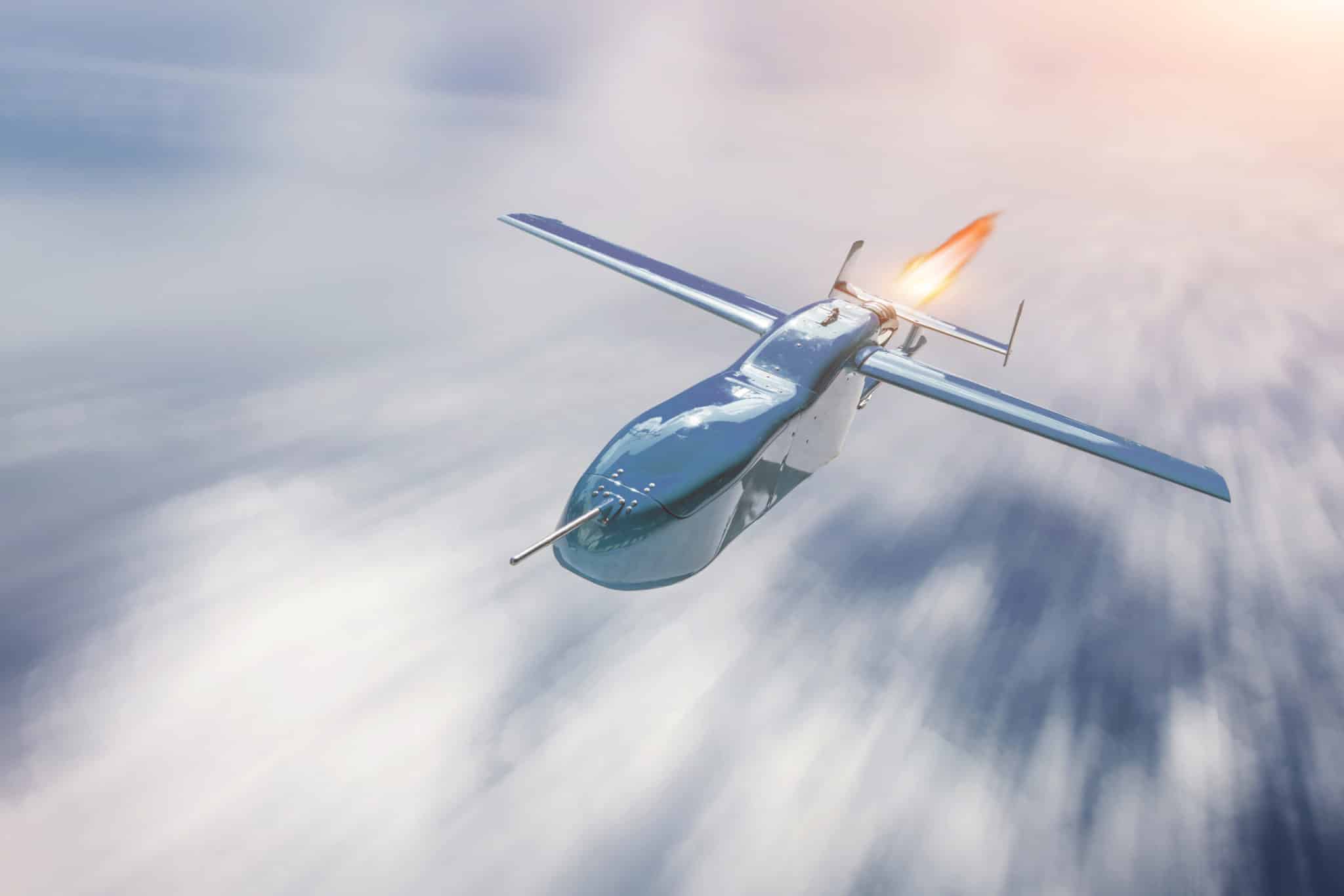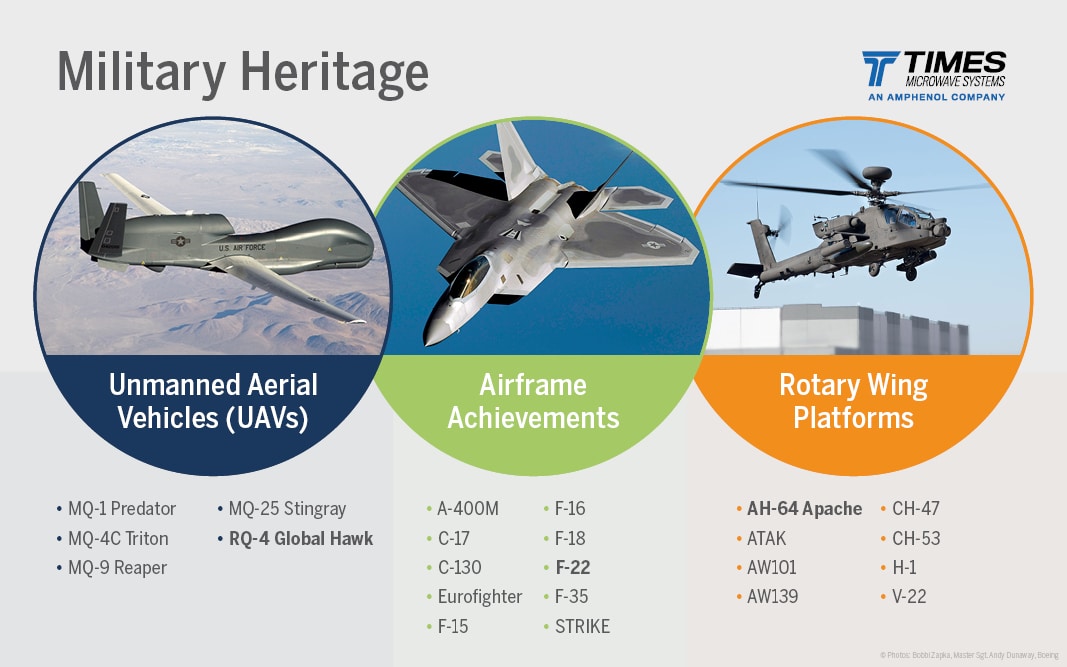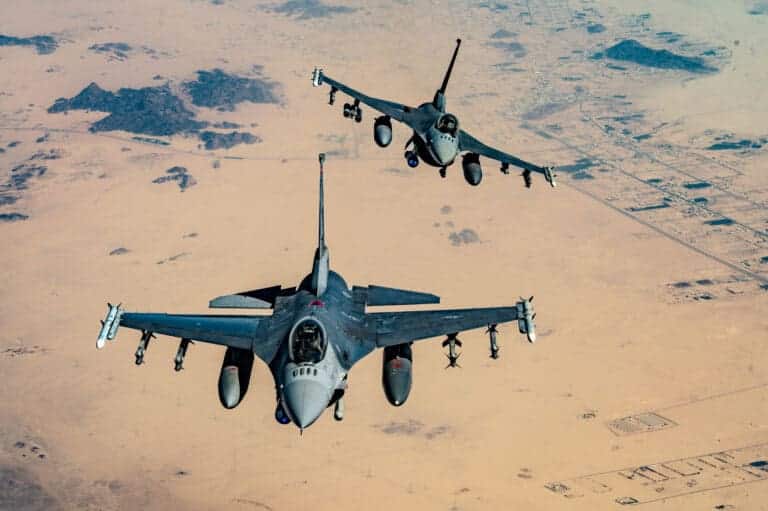RF Interconnect Solutions for Unmanned Aerial Vehicle (UAV)
Unmanned aerial vehicles, or UAVs, are a rapidly growing avionics technology in both defense and commercial applications. Unmanned aircraft bring new challenges such as creating reliable coaxial cabling and interconnect applications with compact form factors that withstand the impact of unmanned flight, while communicating critical information to protect human life in the air and on the ground.
UAVs require a significant number of electronic components for data recording and transmission purposes, as well as for avionic functions. For example, UAVs rely on antennas and RF signals as its “eyes and ears” to transmit/receive information from other systems, including important information such as threat locations, landscape data, and many other factors that are key for safe operation. The optimal RF interconnect solution is critical to ensure there are consistently working and high-fidelity data links operating throughout the UAV from flight controller to the ground control station.
Factors to consider in selecting the optimal coaxial cable and connector technology for UAVs include developing a thorough understanding of its intended environment such as altitude requirements, longevity, maintenance, etc. as well as the UAV’s purpose: will it carry electronic warfare systems or electronic intelligence systems, or is it purely data links and video? Different selections should be made based on which of those criteria is highest priority.
Key considerations for RF interconnects for UAVs are outlined below.
- Lightweight: RF technology for UAVs prioritizes weight reduction to increase fuel efficiency while meeting stringent electrical and mechanical requirements for safety. Low loss, phase stability, and high performance in a shock and vibration environment require a balancing act to reduce size with careful evaluation of materials, constructions, and maintenance.
- High Density: UAV applications have limited space as they accommodate more application needs throughout the vehicle. As frequencies increase and interconnect dimensions decrease to accommodate smaller wavelengths, semi-rigid solutions have traditionally been used for these applications. However, these assemblies in very small sizes become fragile, making installation difficult and troubleshooting impossible.
- Vibration: Vibration is critical to consider in UAV design because when a connector attached to an antenna vibrates, as it will in flight, microphonic noise can impact the connection. This can cause interference in the signal transmission and errors for the RF system. Minimizing space between the cables and connectors is necessary for the interconnect system to survive the high vibration.
- Temperature: Some UAVs are fairly simple and use a single data link, which requires a relatively simple RF interconnect solution. However, some UAVs are becoming Mach 5 as hypersonics are introduced, which adds high temperature requirements into the mix. The higher the altitude, the higher the speed, the higher the frequency, the more complex the problem from a materials point of view.
- Vapor Sealing: A key consideration for RF interconnections used in avionics applications is the dielectric and how it behaves in that environment. For example, an aircraft on the ground is fully loaded with air. But at flight altitude, more of a vacuum environment is created, with outgassing conditions for dielectric and other electronic materials. When the aircraft returns to the ground, the cable is fundamentally a vacuum. Any fluids or gases surrounding it will be absorbed by the dielectric, and they will recondense within it. At that point, the dielectric acts like a sponge; the only way to remove contaminants is to bake it. This is obviously not feasible inside an aircraft, so vapor sealing is also critical for high-end, high-performance, high-altitude applications.
- Maintenance and Access: Maintenance is vital to the functionality and longevity of unmanned systems. In many unmanned systems, antennas are often difficult to access, making maintenance and replacement very complicated and time-consuming.

